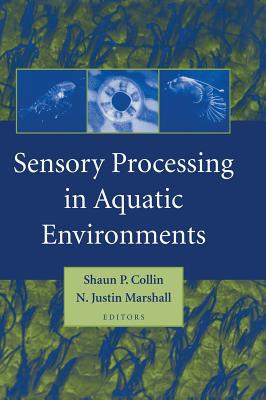nkduy
Member
- Joined
- Nov 7, 2011
- Messages
- 628
- Reaction score
- 51
- Points
- 16

- Paperback: 467 pages
- Publisher: Springer; Softcover reprint of hardcover 1st ed. 2003 edition (May 27, 2011)
- Language: English
- ISBN-10: 1441930396
- ISBN-13: 978-1441930392
- Product Dimensions: 10 x 7 x 1.1 inches
[h=2]Book Description[/h] Publication Date: May 27, 2011 | ISBN-10: 1441930396 | ISBN-13: 978-1441930392 | Edition: Softcover reprint of hardcover 1st ed. 2003
Research on sensory processing or the way animals see, hear, smell, taste, feel and electrically and magnetically sense their environment has advanced a great deal over the last fifteen years. This book discusses the most important themes that have emerged from recent research and provides a summary of likely future directions. The book starts with two sections on the detection of sensory signals over long and short ranges by aquatic animals, covering the topics of navigation, communication, and finding food and other localized sources. The next section, the co-evolution of signal and sense, deals with how animals decide whether the source is prey, predator or mate by utilizing receptors that have evolved to take full advantage of the acoustical properties of the signal. Organisms living in the deep-sea environment have also received a lot of recent attention, so the next section deals with visual adaptations to limited light environments where sunlight is replaced by bioluminescence and the visual system has undergone changes to optimize light capture and sensitivity. The last section on central co-ordination of sensory systems covers how signals are processed and filtered for use by the animal. This book will be essential reading for all researchers and graduate students interested in sensory systems.
